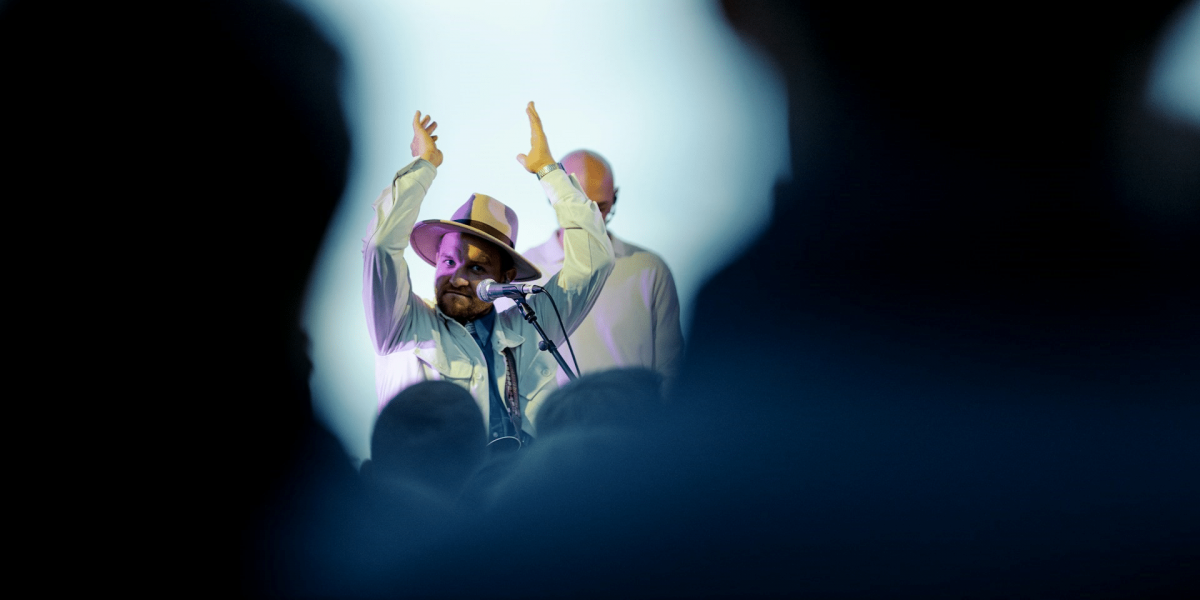In recent years, the trend in popular music has leaned towards shorter tracks, often around three minutes or less. However, older music, particularly from the 1960s and 1970s, frequently featured songs that lasted five minutes or longer. This article explores the reasons behind the longer duration of older music, examining cultural, technological, and artistic factors that contributed to this trend.
Read also: The Cultural Impact of Indie Music: How It Created a New Movement
Technological Factors
During the era of vinyl records, albums were a dominant format. Vinyl LPs (long-playing records) allowed artists to create longer tracks without the constraints of modern digital formats. The physical format of vinyl supported longer playtimes, encouraging artists to explore more extensive compositions.
In the 1960s and 1970s, radio DJs had significant influence over what music was played. Longer tracks were not discouraged, as DJs preferred songs that allowed for extended periods of continuous play. This practice gave artists the freedom to produce longer songs without worrying about radio airtime limitations.
Cultural and Artistic Factors
The 1960s and 1970s were periods of intense musical experimentation. Genres like progressive rock, jazz, and psychedelia thrived on lengthy compositions that allowed for creative exploration. Bands like Pink Floyd and Led Zeppelin often produced tracks that exceeded five minutes, using the extended format to experiment with different sounds and complex structures.
Live performances were a significant aspect of music culture during these decades. Bands frequently performed extended versions of their songs in concert, featuring long instrumental solos and improvisations. This live performance style influenced studio recordings, resulting in longer tracks that captured the essence of their stage performances.
Artistic Expression in Older Music
Older music often focused on storytelling and thematic elements. Concept albums, which told a story or explored a theme across multiple tracks, were popular. These albums included longer songs to fully develop their narratives. Examples include The Beatles’ “Sgt. Pepper’s Lonely Hearts Club Band” and Pink Floyd’s “The Wall,” both featuring extended tracks that contribute to the overall story.
Artists in the 1960s and 1970s often enjoyed more artistic freedom compared to today’s commercialized music industry. Record labels were more willing to support creative endeavors, allowing musicians to produce longer tracks that fully expressed their artistic vision without strict time constraints.
Audience Expectations
During the 1960s and 1970s, audiences were more accustomed to engaging with longer musical pieces. Listeners appreciated the complexity and depth that extended tracks offered. This engagement encouraged artists to create longer songs that provided a more immersive listening experience.
The concept of album-oriented rock (AOR) gained popularity during this time. AOR emphasized the importance of the album as a complete artistic statement rather than just a collection of singles. This approach supported the inclusion of longer tracks that contributed to the album’s overall cohesiveness and artistic merit.
Read also:Unleashing Artistry: Highlighting Creativity in Music Videos
Commercial and Market Dynamics
The market dynamics of the music industry have shifted over the decades. In the past, the success of an album was often measured by its artistic impact and critical acclaim rather than just commercial sales. This environment allowed for greater flexibility in track length. Today’s music market, driven by streaming and digital downloads, favors shorter tracks that cater to the quick consumption patterns of modern listeners.
Economically, producing longer tracks was feasible in the era of vinyl and CDs, where the primary goal was to sell physical copies. With the advent of digital music, the emphasis has shifted to generating revenue through streaming services, which often prioritize shorter tracks to maximize the number of plays and revenue.
Older music from the 1960s and 1970s often featured tracks that lasted five minutes or longer due to a combination of technological, cultural, artistic, and commercial factors. The freedom to experiment, the influence of live performances, and the audience’s willingness to engage with longer compositions all contributed to this trend. As the music industry continues to evolve, the legacy of these extended tracks remains a testament to the rich, creative period of music history that valued depth, storytelling, and artistic expression.








